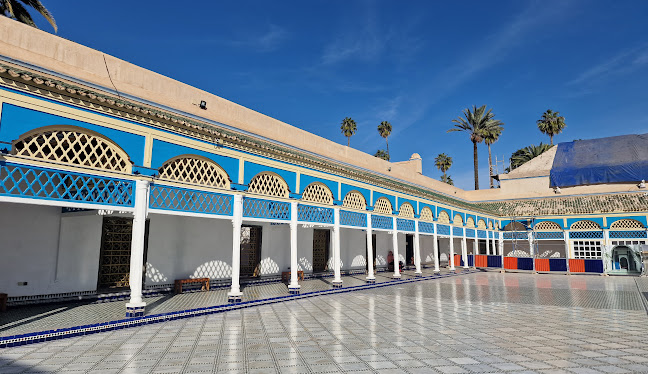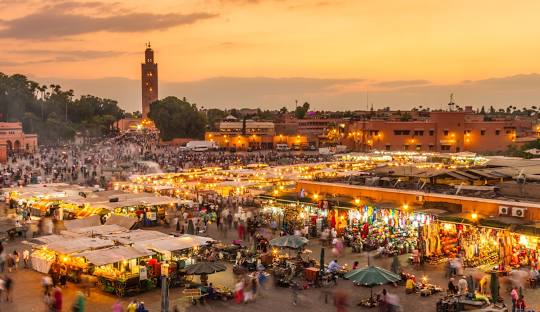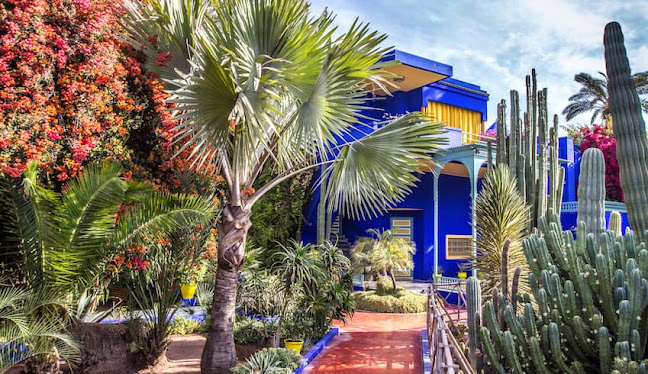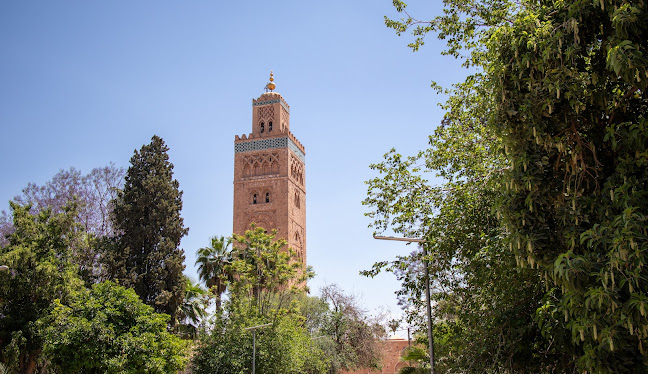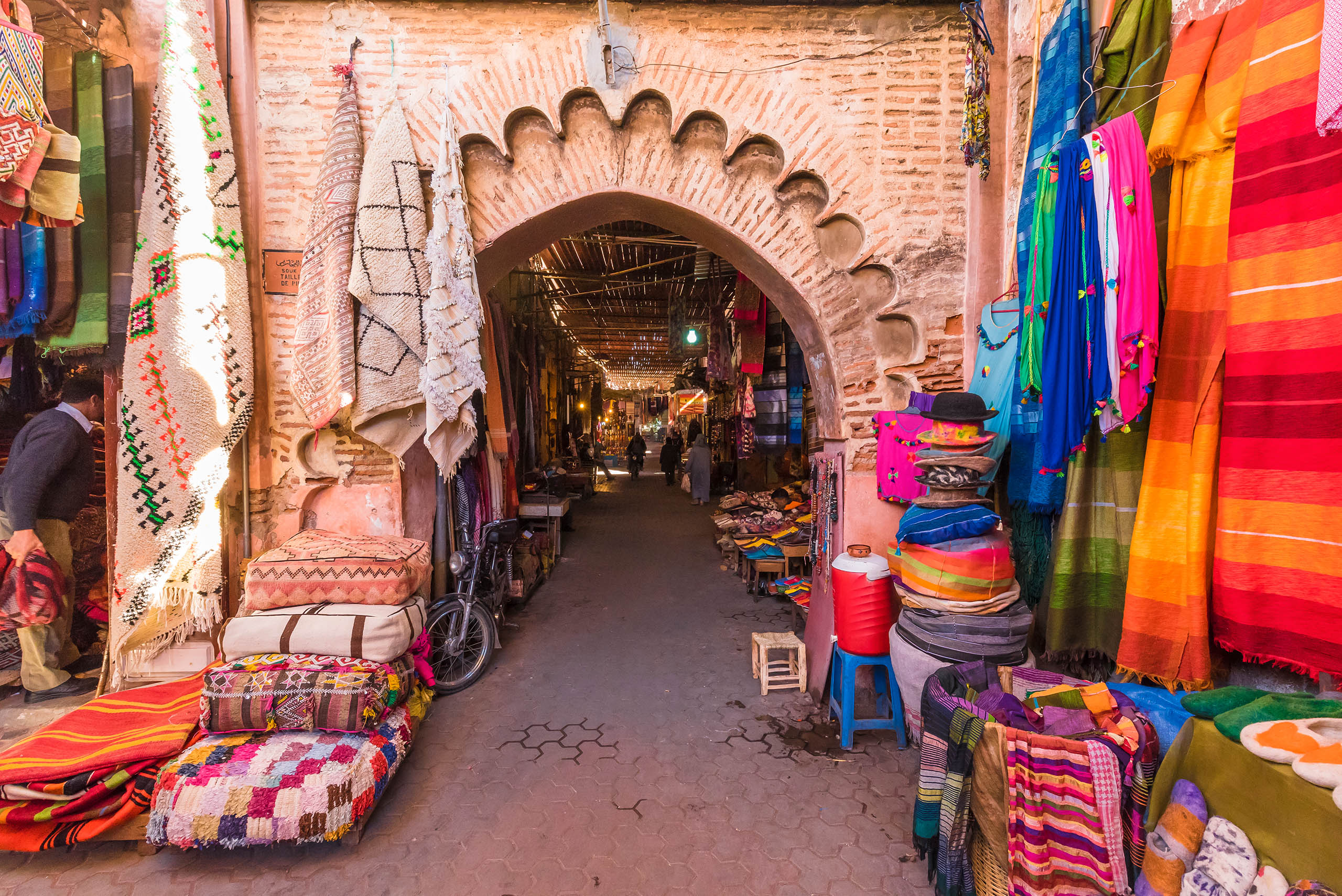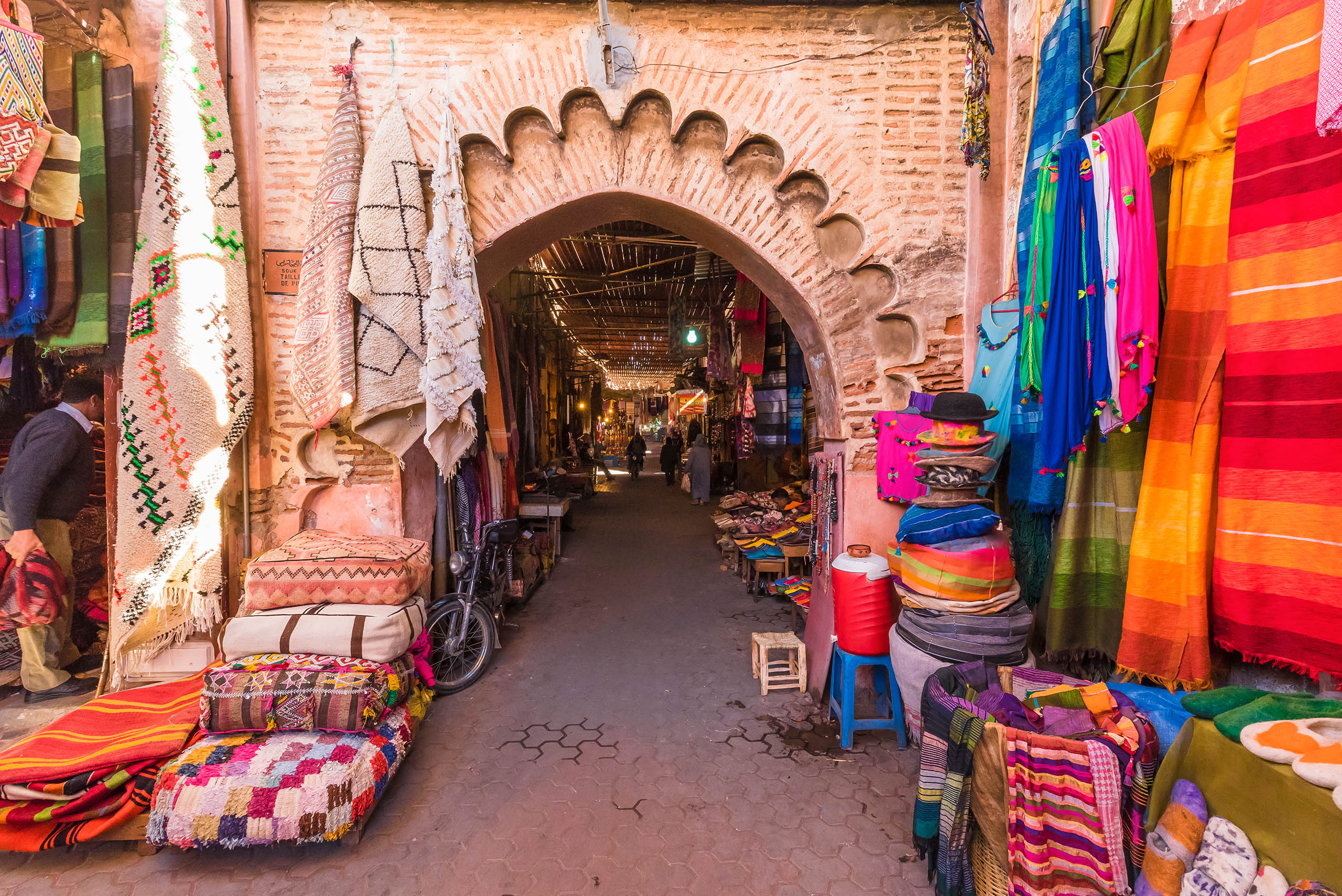When was Marrakech founded, one of the most celebrated cities of Morocco and indeed the wider Islamic world, has a long and storied past that begins in the eleventh century. The official founding of the city dates back to the year 1070, when it was established by Abu Bakr ibn Umar, a leader of the Almoravid dynasty. At that time, North Africa was undergoing profound political, cultural, and religious transformations. Various Berber tribes occupied the region, and the Almoravids, a reformist Berber dynasty with a strong religious mission, were consolidating power across the Maghreb and parts of the Iberian Peninsula.
When Was Marrakech Founded
When was Marrakech founded is not merely as a settlement but as a political and military stronghold that would soon evolve into a thriving imperial capital. The choice of location was deliberate. Situated at the crossroads between the Saharan trade routes and the fertile plains of the Haouz region, Marrakech was ideally placed to control commerce and communication. This was no minor detail, since trans-Saharan trade routes brought in gold, slaves, salt, and other goods that were essential to the economic vitality of the Almoravid state.
By establishing when was Marrakech founded at such a junction, the Almoravids created a city that would inevitably grow into a hub of economic and cultural activity. In the early years after its founding, the city was largely a fortified camp, a base for the Almoravid military operations. Yet, within a short period, it began to acquire the characteristics of a true urban center. Walls and gates were constructed to protect the city, and mosques, markets, as well as palaces followed.
The Almoravid rulers were great builders, and their vision was not only pragmatic but also deeply influenced by their religious ideals. They commissioned mosques and religious schools that embodied their commitment to Islamic reform and orthodoxy. One of the most important early constructions was the city’s mosque network, which served as both places of worship and centers of learning. By the middle of the twelfth century, when was Marrakech founded had already become a flourishing imperial capital. Under the Almoravids, it became a cultural beacon that radiated its influence far beyond the walls of the city.
The dynasty’s successors, the Almohads, who captured Marrakech in 1147, expanded on this legacy. They rebuilt and embellished the city, leaving behind architectural treasures that still stand today, such as the Koutoubia Mosque, whose soaring minaret became a symbol not only of when was Marrakech founded but of Morocco itself. This continuous building and rebuilding layered the city with artistic and cultural richness, securing its place as one of the great metropolises of the medieval Islamic world.
When was Marrakech founded in 1070 also marked the beginning of its role as a symbol of Moroccan identity. The city became known as the red city because of the distinctive ochre pigment used in its walls and buildings, a feature that remains one of its most striking characteristics. Over the centuries, Marrakech would serve as the capital for several Moroccan dynasties, each of which added new monuments, palaces, and gardens. Even when the capital shifted to other cities such as Fes, Meknes, or Rabat, Marrakech retained its importance as a cultural and economic center.
When was Marrakech founded lies not only in its immediate political function but also in its long-term role in shaping Moroccan history. From the eleventh century onward, the city was a focal point for trade, religion, politics, and art. The caravan routes that passed through it tied the Sahara to the Mediterranean and Europe, making it a true crossroads of civilizations. Scholars, artisans, and merchants found in Marrakech a place where ideas and goods could be exchanged, further enhancing its reputation as a cosmopolitan center.
Today, when historians look back at when was Marrakech founded in 1070, they see more than just the creation of a city, but the birth of a space that would embody the dynamism of Moroccan and North African history. The Almoravid decision to build a capital in the Haouz plain set in motion a legacy that continues to this day. More than nine centuries later, Marrakech remains one of the most vibrant cities in Morocco, attracting millions of visitors who walk through its bustling traditional markets, admire its monumental architecture, and experience its unique blend of tradition and modernity.
Marrakech was founded in 1070 by the Almoravid leader Abu Bakr ibn Umar, strategically located to control trade and expand imperial power. From a fortified camp it grew into a magnificent capital, later enriched by the Almohads and successive dynasties. The story of when was Marrakech founded, therefore, is not just an ancient event locked in the past but the beginning of a continuous thread that has shaped the identity of Morocco itself.
Its founding represents a pivotal moment in Moroccan history, setting the stage for the city’s enduring significance as a political, economic, and cultural center. Even today, the spirit of that original vision lives on in the red walls, the grand mosques, and the bustling life of Marrakech, a city that continues to embody the vitality of its origins nearly a millennium ago.
